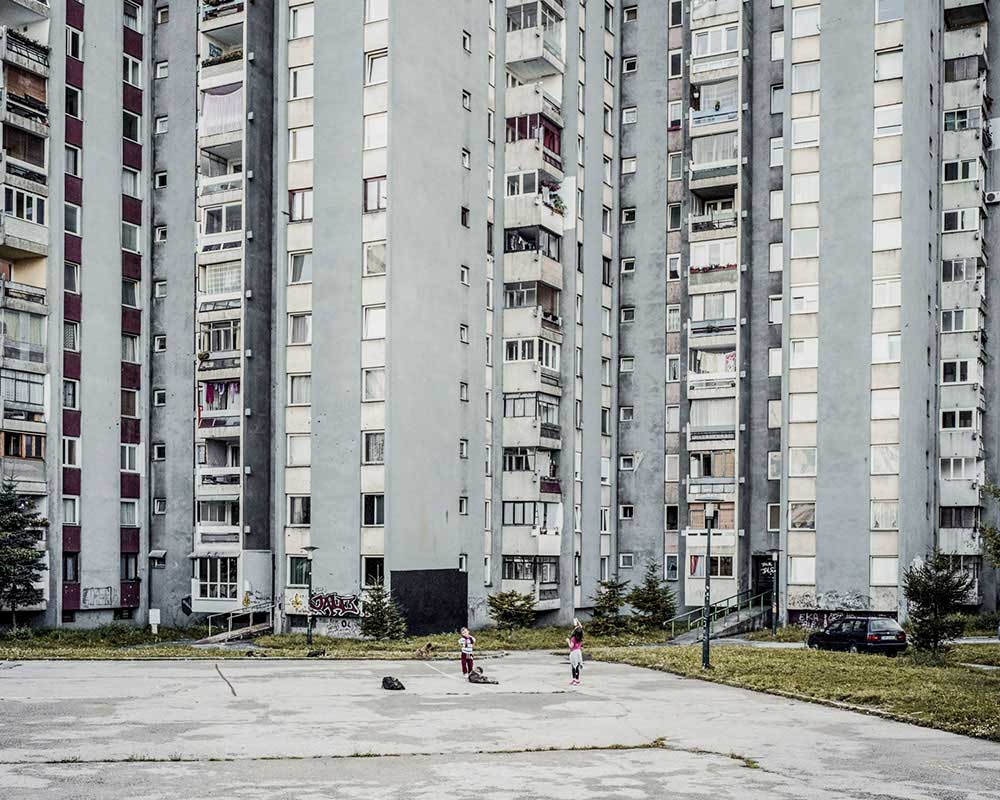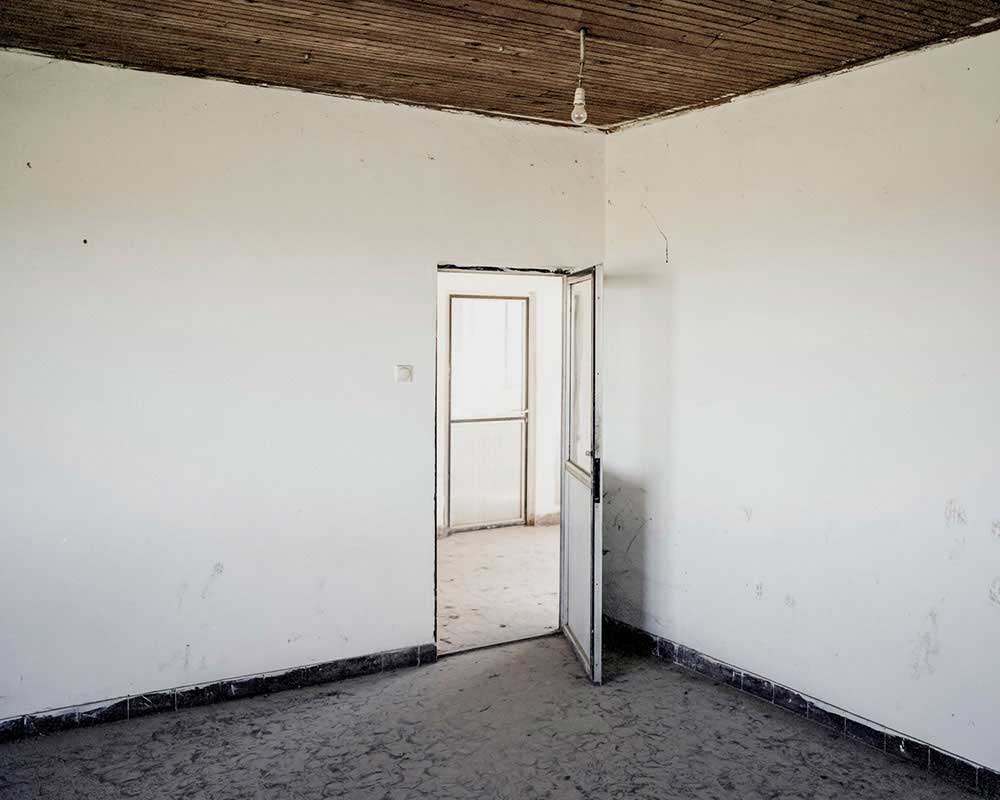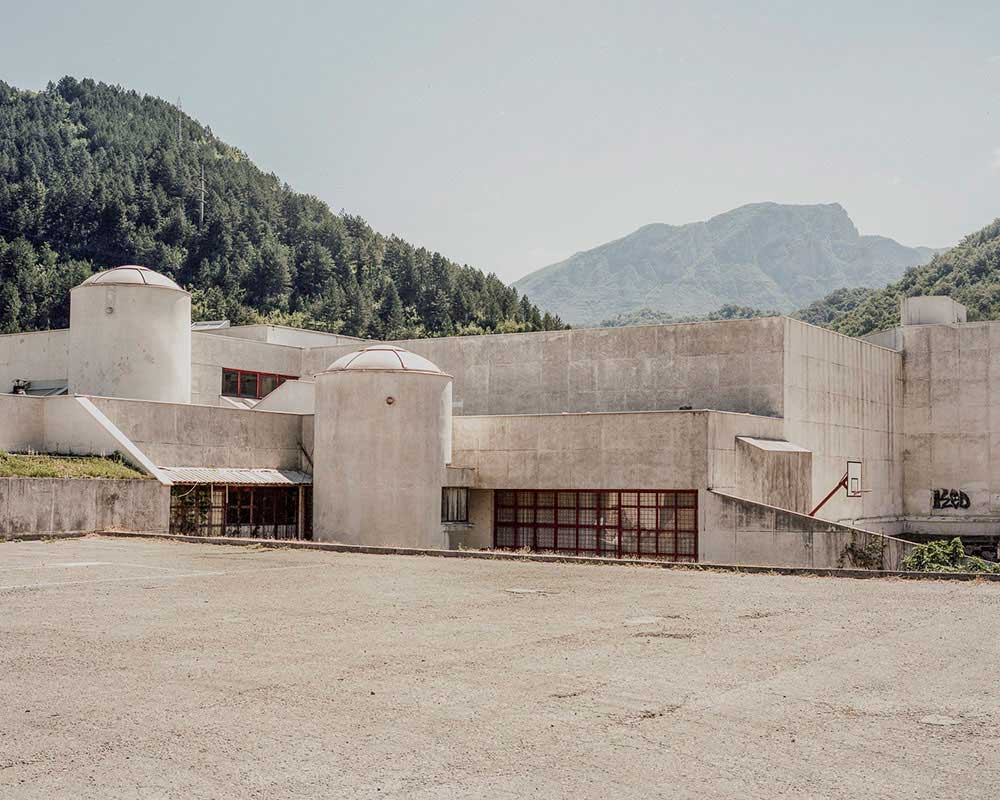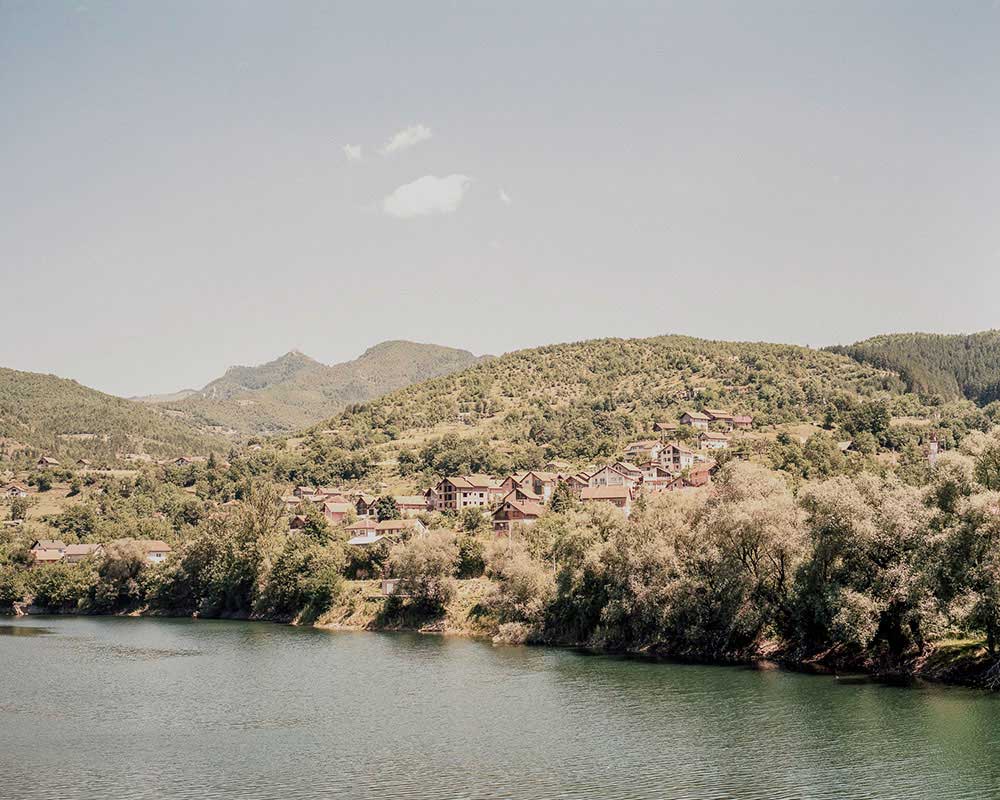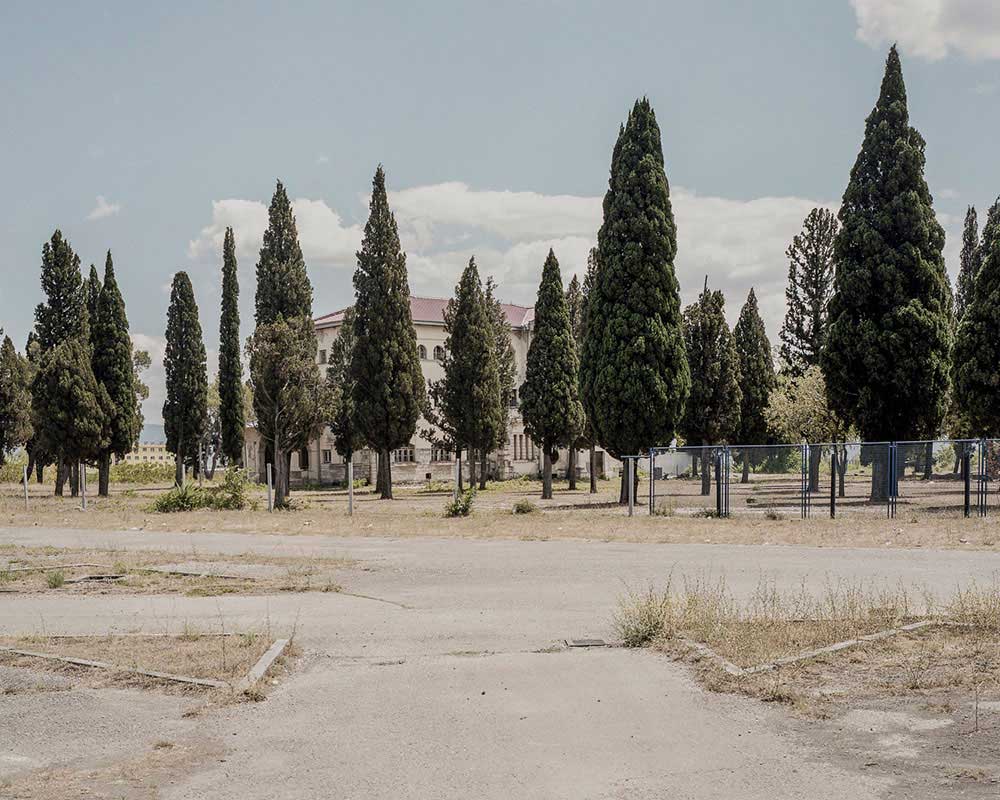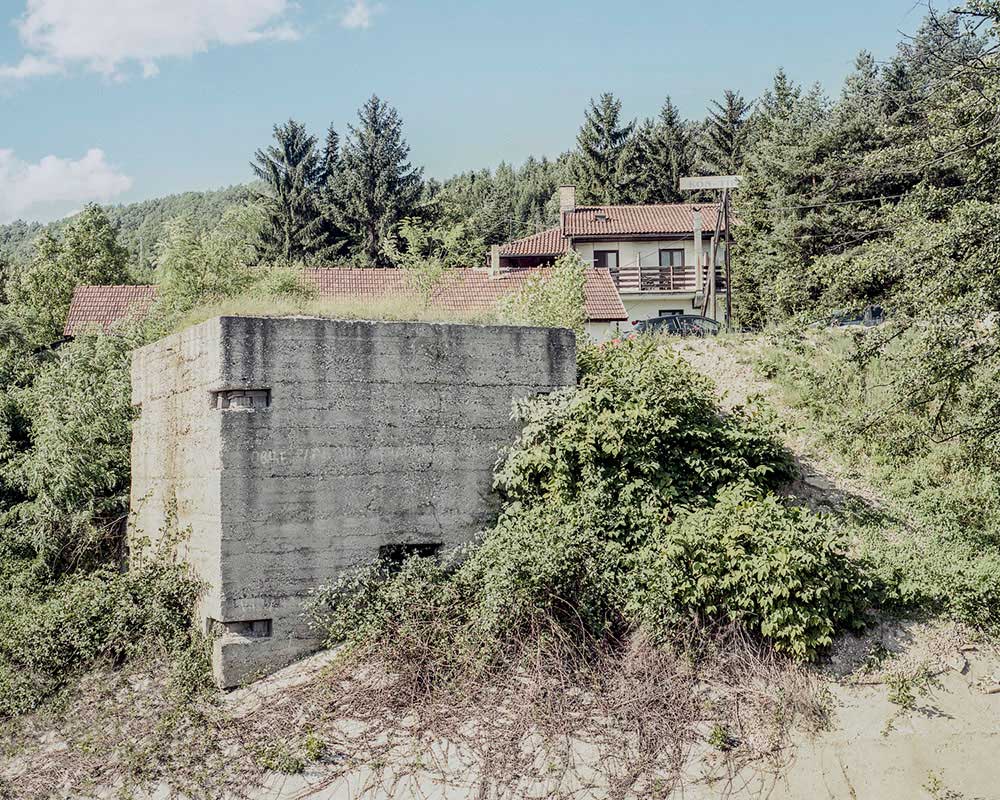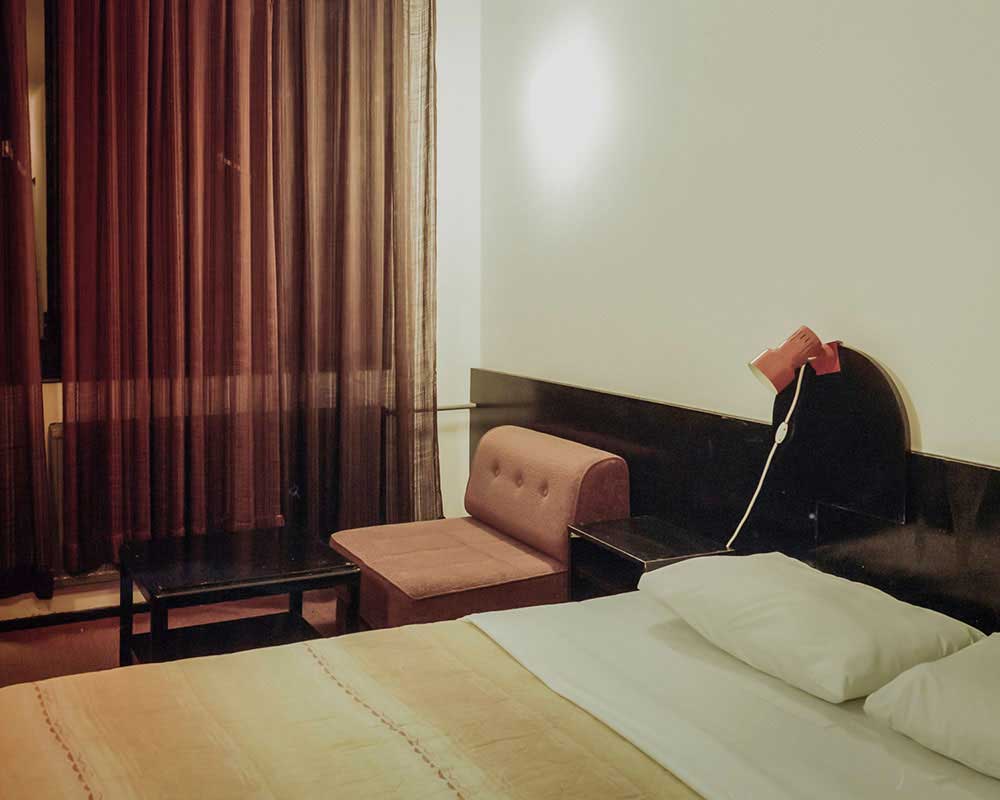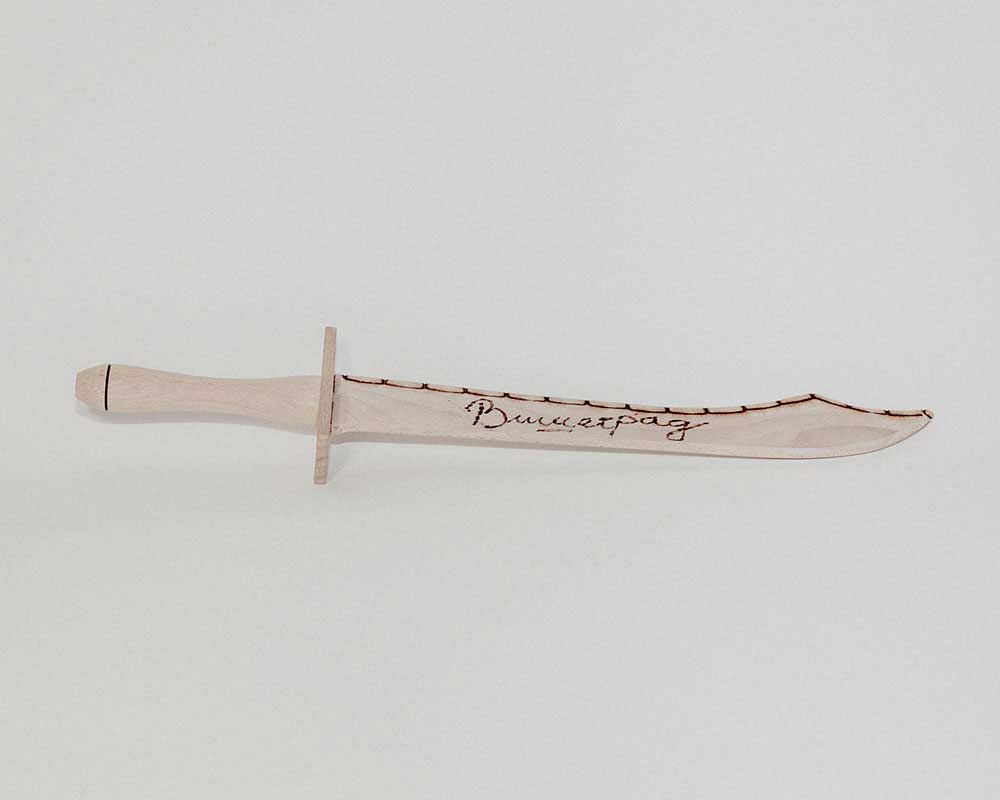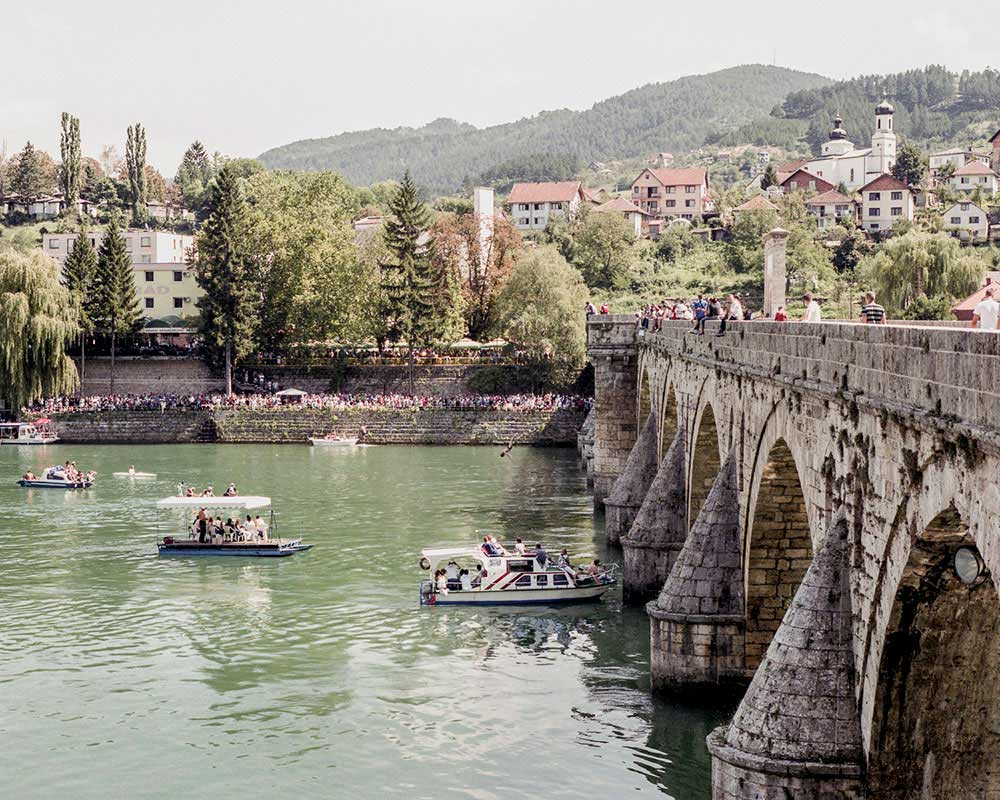History is a collective settlement, regarding how the community remembers the events that took place in the past.
This common agreement takes shape of a narrative concerning both past and present times, serving as an explanation of the world and unifying the group around it.
A certain amount of people sharing the same belief about past events might form a collective identity. A nation – ethnic group in an organised state – has sharing common cultural and historical grounds in it’s constitutive features. History and culture of any group take shape of the established order of facts, that had been constructed to establish order, and as such they have to be constantly rewritten to maintain it. By common saying, that’s winners who write history.
Makeshift is a project on rewriting history in Bosnia and Hercegovina, relating to the mass atrocities of Bosnian War and their erased context. In most cases, places used to commit atrocities are renovated to serve former purpose of buildings of public utility. History is a collectively set narration, so it has the ability of being rewritten from scratch, to omit things that had to be forgotten. In present Bosnia, most of people had been directly, or indirectly affected by Bosnian War of 1992-1995. Given the fact that a vital part of events of Bosnian War is now hidden and concealed into new historical narrations, and things had to be forgotten in order to maintain the integrity of newly founded society of divided ethnical groups, it’s extremely important to analyse this conflict, reasons behind them and the aftermath of it. In fact, the backbone of the whole processes behind the Bosnian War are universal and beyond specific place and time, and thus easily repeatable. The entire landscape bears contamination that part of newly written history wants to erase.
“The whole idea of showing the places where atrocities were committed rather than finding a more direct way to speak about those atrocities is also a message somehow: it’s a way to escape the never-ending photographic race for the decisive moment. It’s up to the viewer to imagine what happened. Also, I find the mechanisms that were at work during the Bosnian War are likely to reoccur in the present day, so it’s important to remember what they led to.”
Paweł Starzec: Photographer, sociologist, educator, journalist. Works on photographic documents. Mainly interested in correlations between space and its context, and in envisioning broader processes through their aftermath and peripherals. Visual sociologist, working in the field of modern iconography, mass visual memory and visual narratives. Art educator responsible for a number of workshop programs as a lecturer and teacher, co-founder of Paper Beats Rock foundation, current member of Azimuth Press collective. Student of Applied Sociology Department of University of Warsaw (Ph. D.), and of Institute of Creative Photography of Silesian University in Opava (BcA). Musician and sound artist, currently playing in Mazut, and solo under Centralia moniker. DIY / zine culture enthusiast. [Official Website]



